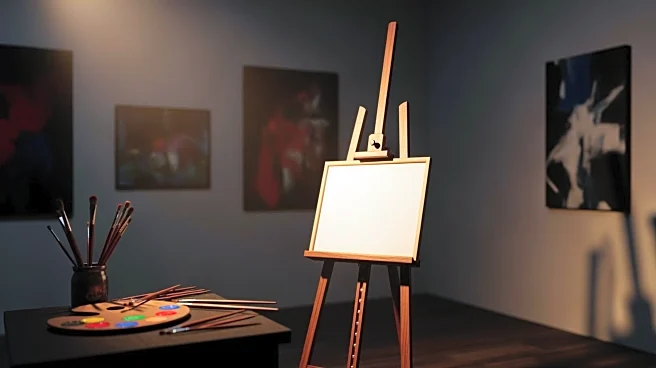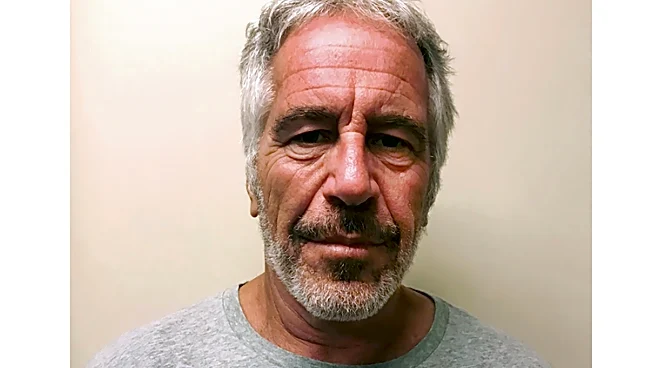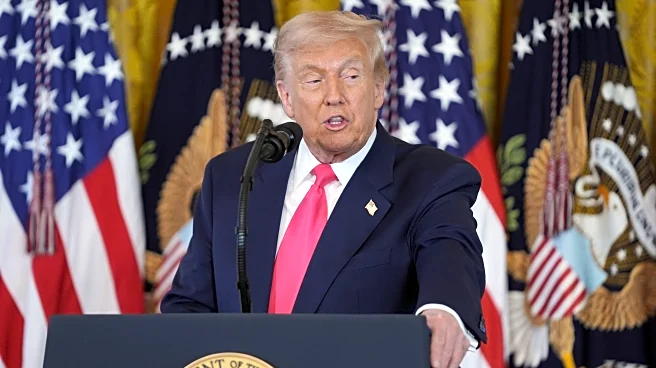What's Happening?
Newly released documents from the House Oversight Committee have unveiled Jeffrey Epstein's involvement in the art world, highlighting his plans to purchase art directly from emerging artists. Emails between
Epstein and his associates, Etienne Binant and Darren Indyke, from February 2017, discuss strategies to acquire art directly from artists, bypassing traditional galleries and fairs. Binant emphasized the importance of supporting artists early in their careers, suggesting visits to studios in cities like Los Angeles and Berlin. The documents also reveal Epstein's interest in the controversial painting Salvator Mundi, attributed to Leonardo da Vinci, and his commentary on its sale and valuation.
Why It's Important?
The revelations about Epstein's art buying strategies and his interactions with the art market provide a deeper understanding of his influence and connections within the cultural sector. By choosing to purchase art directly from artists, Epstein aimed to impact the art ecosystem, potentially altering the dynamics of art sales and artist support. His involvement with high-profile artworks like Salvator Mundi also underscores the intersection of art, wealth, and power, raising questions about the role of influential figures in shaping art markets and cultural narratives.
What's Next?
The release of these documents may lead to further investigations into Epstein's dealings within the art world, potentially uncovering more about his network and influence. Art institutions and collectors might reassess their relationships and practices in light of these revelations, considering ethical implications and the transparency of art transactions. The ongoing scrutiny of Epstein's activities could prompt changes in how art markets operate, particularly concerning direct artist support and the valuation of artworks.
Beyond the Headlines
Epstein's approach to art buying reflects broader trends in the art market, where direct engagement with artists is becoming more prevalent. This shift challenges traditional gallery models and raises questions about the sustainability and fairness of art sales. Additionally, the controversy surrounding Salvator Mundi highlights issues of authenticity, provenance, and the impact of high-profile sales on public perception and art history. These developments may influence future discussions on the ethics of art collecting and the responsibilities of collectors.












